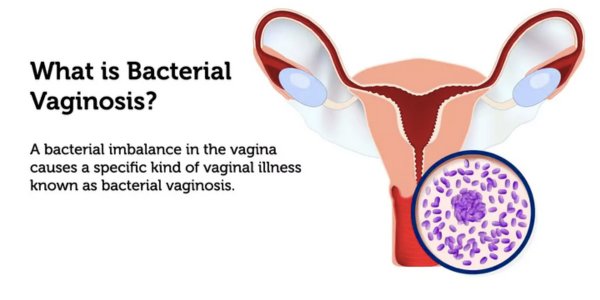Bacterial Vaginosis
Bacterial Vaginosis: Basic Explanation
Bacterial Vaginosis (BV) is a common vaginal condition caused by an imbalance of bacteria naturally found in the vagina. Instead of harmful outside germs, BV happens when “bad” bacteria grow too much and replace the “good” bacteria that usually protect vaginal health.
Signs and Experiences
-
Discharge: Thin, grayish or white fluid
-
Smell: Noticeable “fishy” odor, especially after sex
-
Discomfort: Itching or burning, though some women have no symptoms
Why It’s Important to Know
BV is not dangerous in most cases, but it can increase the risk of other infections or complications in pregnancy. Treatment is simple with prescribed antibiotics, but understanding triggers helps prevent it from coming back.
FAQ
1. How did I get BV when I'm not sexually active?
BV isn’t only linked to sex. It can result from changes in vaginal bacteria due to hormones, douching, or even new soaps.
2. Why did I suddenly get BV?
Sudden BV often happens when the balance of vaginal bacteria shifts. Triggers include stress, hormonal changes, or using scented hygiene products.
3. Does BV mean poor hygiene?
No. BV is not caused by being “unclean.” In fact, excessive washing or douching can upset natural bacteria and increase the risk of BV.
4. Can a man give you BV without cheating?
Men don’t “carry” BV, but sex can change vaginal bacteria. Even with one partner, intercourse may still trigger BV without it meaning infidelity.
5. Is bacterial vaginosis an STI?
No. BV is not considered a sexually transmitted infection, though being sexually active may raise the chance of developing it.
















